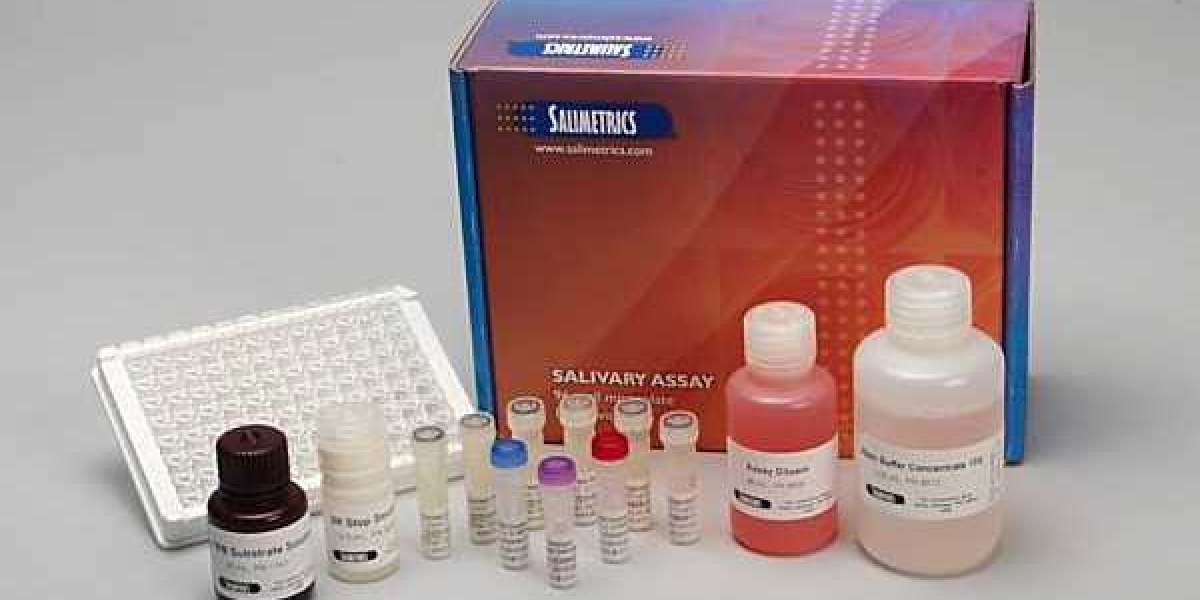Saliva Cortisol test is a simple at-home saliva sample that helps to diagnose Cushing’s syndrome. Patients are given a kit to collect four saliva samples at different times of the day.
Unlike blood cortisol levels, which require venipuncture, a saliva test can be done without stress and pain at home. It also provides a more accurate reading than bedtime serum cortisol tests.
How is the test performed?
The cortisol test checks the level of cortisol in your body. It can help determine whether you have Addison's disease, a condition that occurs when your adrenal glands produce too little cortisol. It can also indicate whether you have Cushing's syndrome, a condition that occurs when your adrenal hormone levels are too high.
Saliva is taken using a special collection device called a Salivette. It is filled with saliva and then inserted into the assay kit which is used to measure the unbound (biologically active) cortisol. Research consistently shows a good correlation between the salivary and blood cortisol levels.
Usually, the samples are collected over a 24-hour period. They are then returned to the lab. The tests can be done at a doctor's office or at home. For a saliva test, you will be asked to rinse your mouth and may be told to chew on gum or cotton to stimulate saliva production. You will be given containers and instructions for collecting the sample.
What are the results of the test?
Cortisol is produced by the adrenal glands (which sit atop each kidney) and it helps to manage stress and regulate the hypothalamic-pituitary-adrenal (HPA) axis. It is also a powerful fat-burning hormone and aids in the conversion of glucose to energy. High or low levels of cortisol can be indicative of conditions like Addison's disease, Cushing's syndrome, chronic stress, metabolic abnormalities, and certain autoimmune disorders.
Salivary cortisol testing measures unbound, biologically active cortisol in saliva. It is highly correlated with blood samples and provides a convenient, non-invasive method of measuring cortisol levels and diurnal variations.
The test starts with a baseline sample of saliva from a person who has not consumed any food or drink for at least 30 minutes. Then the ACTH stimulation is administered, followed by another saliva sample at t = 30 and 60 min. The results will then be compared to the baseline sample. The results can provide important information about the functioning of the HPA axis, circadian rhythm and cortisol dysregulation.
What are the risks of the test?
The cortisol levels in your blood fluctuate throughout the day and are usually at their highest in the morning. To test your cortisol level, a blood sample is taken from a vein in your arm at a medical office or hospital lab.
Your doctor might also ask you to spit into a tube for this test. The swab will be coated in a special substance that measures what is called free cortisol. This type of cortisol is not bound to globulins, and it can interact with cortisol receptors to change your body’s hormone levels.
For a saliva test, your doctor will give you a kit with swabs and a tube for storage. You will be told what time to collect the spit and how to return it to your healthcare provider or a laboratory. If you are getting a urine test, your healthcare provider will provide you with containers for 24 hours of pee and tell you when to collect the sample.
What are the benefits of the test?
The cortisol saliva test can measure cortisol levels more quickly than a blood sample. The test can also be performed at home, unlike the blood test which must be conducted in a laboratory.
A saliva test can measure what is called free cortisol, a chemical that is not bound to a protein. Blood tests usually measure only bound cortisol.
The test can help identify imbalances in the hypothalamic pituitary gland that may be causing cortisol problems. It can also detect Cushing’s syndrome, a condition in which the body produces too much cortisol. The test can also be used to diagnose adrenal insufficiency, a condition in which the adrenal glands do not produce enough cortisol.
This test can also measure the levels of precursor hormones to cortisol, such as DHEA and 17 hydroxyprogesterone. Low levels of these hormones can make people more prone to food intolerances, chemical sensitivities and autoimmune diseases. It can also measure total secretory IgA (SIgA), a marker of the immune system’s function.



